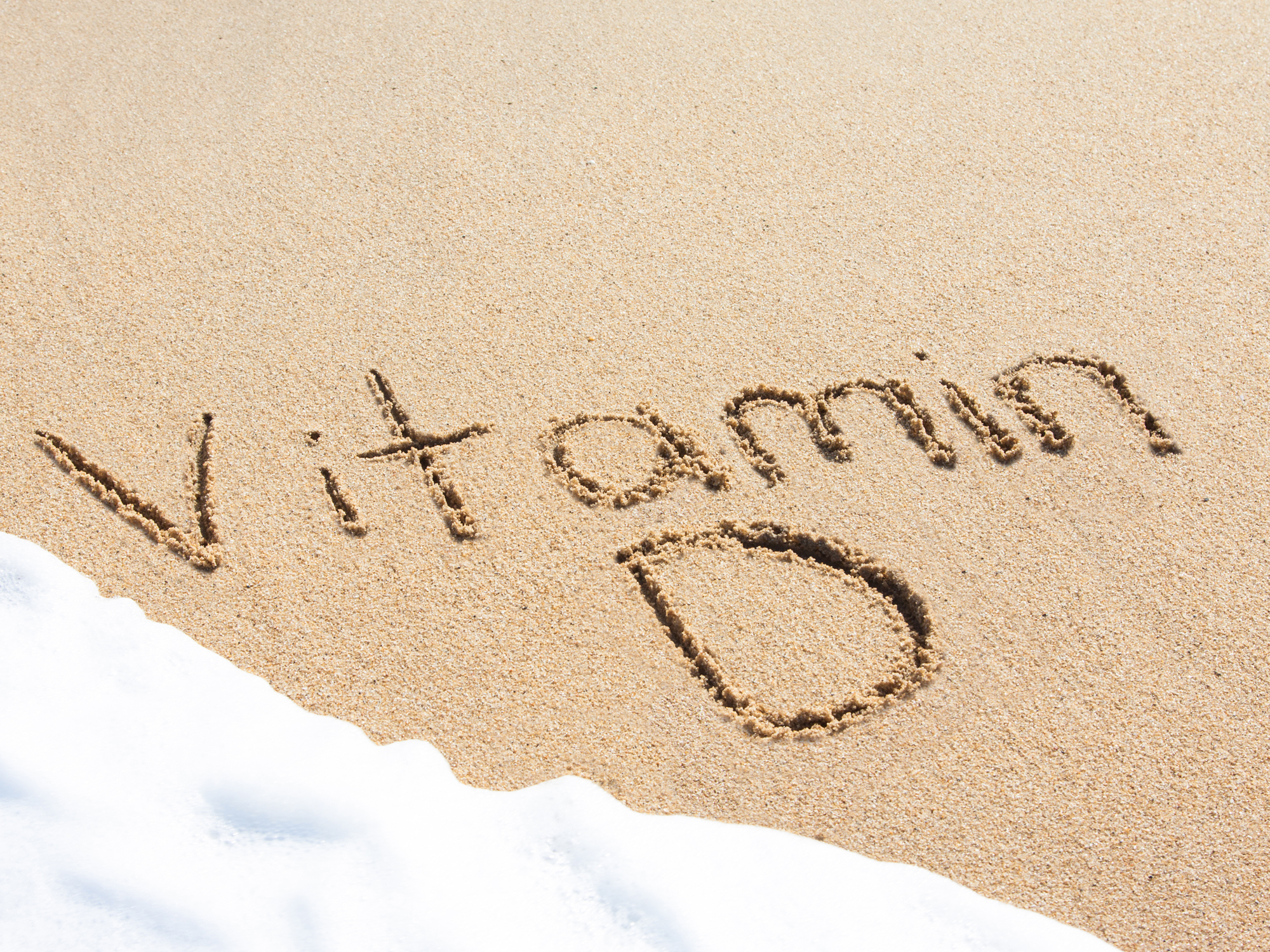Get Easy Health Digest™ in your inbox and don’t miss a thing when you subscribe today. Plus, get the free bonus report, Mother Nature’s Tips, Tricks and Remedies for Cholesterol, Blood Pressure & Blood Sugar as my way of saying welcome to the community!
How much can vitamin D protect against breast cancer?

How high should your vitamin D levels be if you want to stay healthy?
That’s a hotly debated topic. Most official health organizations, including the National Institutes of Health, say that 20 ng/mL is a healthy level. But other medical experts and researchers say this is far too low…
They believe healthy levels are closer to 50 ng/mL. And now, a new study shows that if you want to prevent breast cancer, you may want to keep your vitamin D levels even higher than that.
Plenty of past research has tied low vitamin D levels to a higher risk of breast cancer. But this latest research found that vitamin D levels higher than the norm could be the true secret to breast cancer prevention…
High vitamin D levels mean low breast cancer risk
Researchers from the University of California San Diego School of Medicine found that keeping your vitamin D levels high could take a bite out of your breast cancer risk.
Their study looked at data from two clinical trials that included a total of 3,325 people, plus a prospective study that included 1,713 people. The women in these studies were all 55 years or older and cancer-free when they joined the study.
Researchers collected data on vitamin D levels and cancer status for 15 years. And guess what they found?
Women with vitamin D levels of 60 ng/ml or higher were a fifth less likely to get breast cancer than women with levels below 20 ng/ml.
Now, this link between higher-than-average vitamin D levels and reduced cancer risk is exciting. But it’s far from new. In fact, the researcher who led the study, Dr. Cedric F. Garland, has studied the link between cancer and vitamin D levels for close to 40 years. His past research found a connection between vitamin D levels and breast cancer, lung cancer, bladder cancer, multiple myeloma and adult leukemia.
In 2009, he published a paper in the Annals of Epidemiology saying that healthy vitamin D levels are between 40 and 60 ng/ml. This recommendation was based on the results of an expert consensus panel.
So, why are so many people still putting themselves in cancer’s path with low vitamin D levels? Who knows. Just make sure you’re not one of them.
How to get your vitamin D level up
If you want to get your vitamin D levels up to 60 ng/ml, Garland recommends taking 4,000 to 6,000 international units (IU) of D per day. If you spend time in the sun, you can take a bit less. Shoot for about 10-15 minutes per day at noon with minimal clothing on.
Now, that dosage may sound high. Especially since the official recommended dosage of D is just 600 IU per day for adults. But you should know, vitamin D is safe at far higher doses than most people take.
You should also look for supplements that contain the most bioavailable form of the vitamin. That would be vitamin D3, not D2. D3 is show to elevate levels more effectively.
If you want to stay safe with vitamin D just be sure not to take more than 10,000 IU of D per day and keep your blood levels below 125 ng/ml. If you don’t heed this advice you could end up with serious side effects like nausea, constipation, weight loss, heart rhythm problems and kidney damage.
Editor’s note: Discover how to live a cancer prevention lifestyle — using foods, vitamins, minerals and herbs — as well as little-known therapies allowed in other countries but denied to you by American mainstream medicine. Click here to discover Surviving Cancer! A Comprehensive Guide to Understanding the Causes, Treatments and Big Business Behind Medicine’s Most Frightening Diagnosis!
Sources:
- Greater levels of vitamin D associated with decreasing risk of breast cancer — MedicalXpress. Retrieved June 20, 2018.
- Breast Cancer — Vitamin D Council. Retrieved June 20, 2018.
- Vitamin D — National Institutes of Health. Retrieved June 20, 2018.












